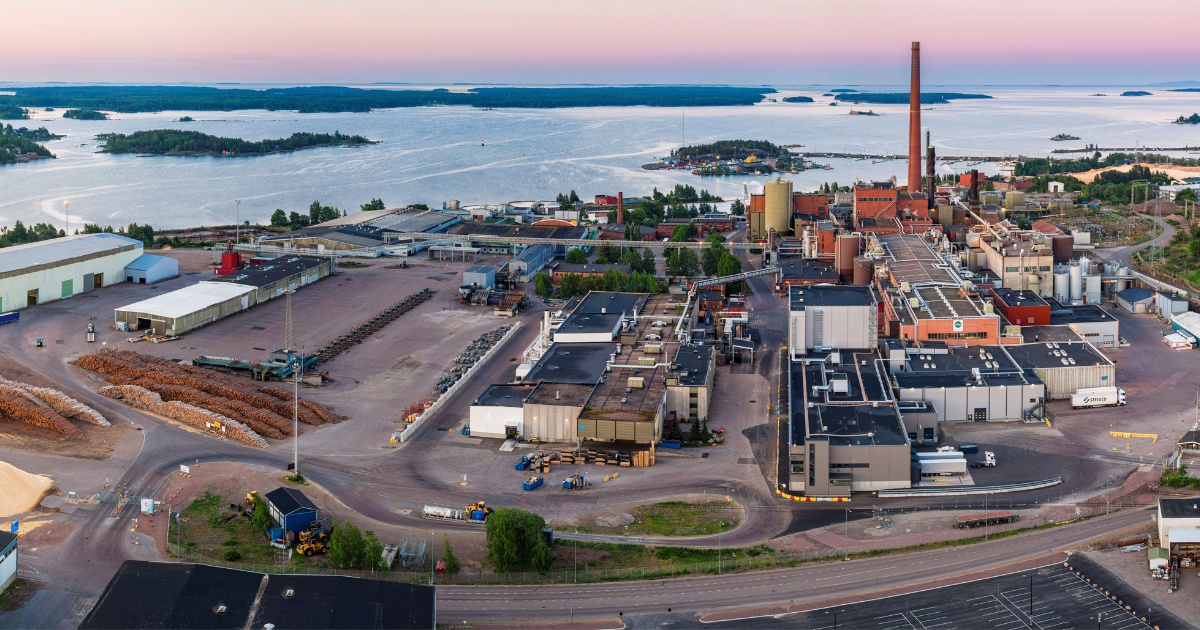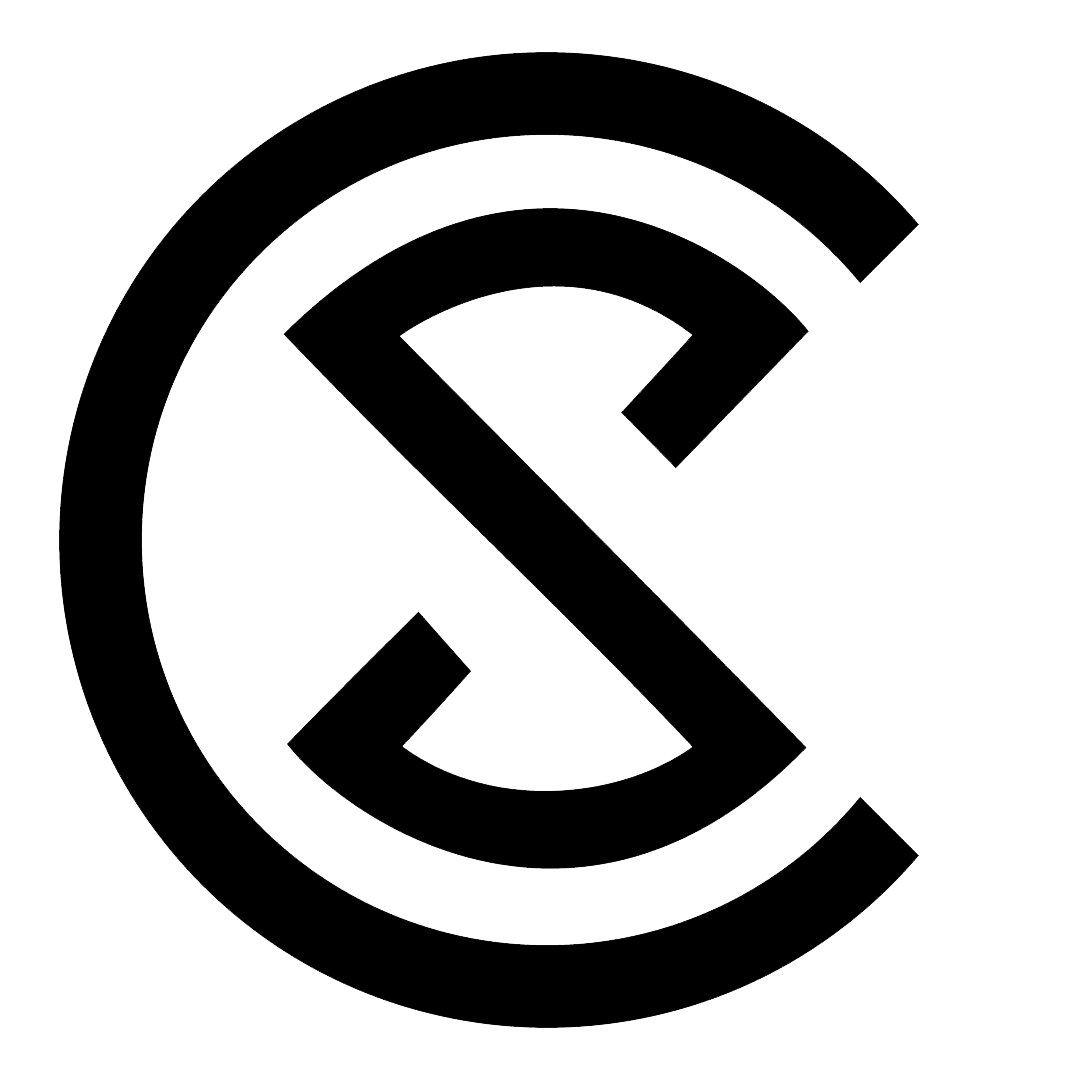SolidComp has played a key role in supporting MM Kotkamills, from the fundamentals of plant modelling to the creation of a comprehensive digital twin of the entire site
MM Kotkamills is a modern forest industry operator producing high-quality board and paper products for global markets. Its competitiveness is based not only on production capacity but also on the ability to innovate, use data efficiently and adopt new technologies.
The Challenge: Harnessing Old Data to Support the New
A board and paper mill that has been in operation for 150 years differs significantly from a newly commissioned one. It is made up of layers of design solutions and expansions from different eras and reliable documentation is not always available or is difficult to use effectively.
At MM Kotkamills, led by Project Engineer Risto Mikkola, efforts began more than 10 years ago to improve documentation and data management. The partnership with SolidComp began in 2017 and has grown into a strategic development relationship over the years.
Risto Mikkola oversees the entire site, from change projects and improving current processes to equipment upgrades and documentation management. By 2016, laser scanning and other measurement methods were already familiar to MM Kotkamills, but the management of scan data remained project-specific, leading to complications and delays in decision-making.
“We had data that we didn’t want to discard. However, the scan data and point clouds stored in project banks were unclear and the modelling data was with design firms. Documents were kept in folder structures without metadata. Even technically running the data could be problematic,” Risto says.
Under Mikkola’s leadership, MM Kotkamills began to systematically explore how laser scan data, which contains a wealth of valuable information, could be used as effectively as possible. Two principles emerged as foundations for capability development: high-quality baseline data maintained through laser scanning budgeted directly into projects and digital tools to manage and utilise that data.
“Fortunately, we found a great partner to help us make it happen.”
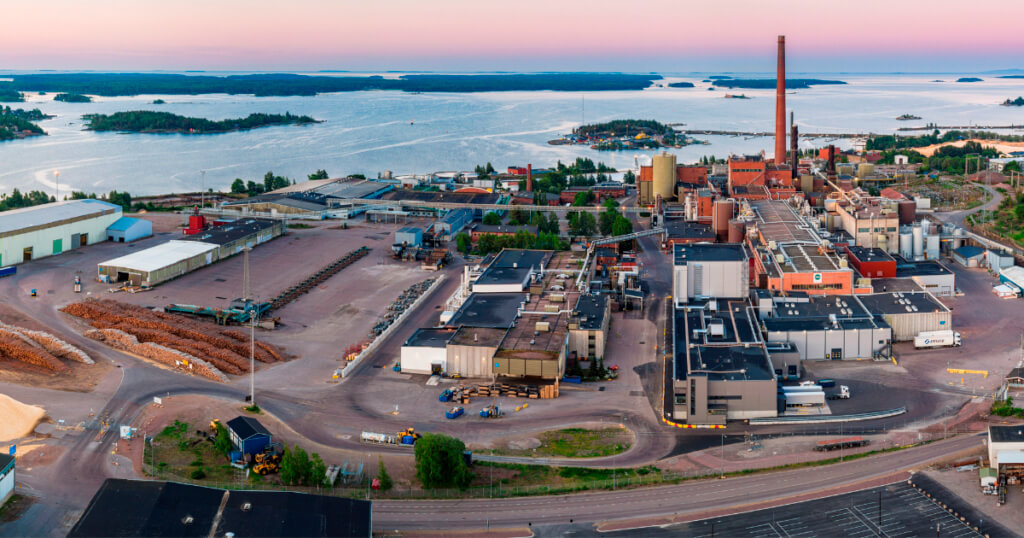
It All Starts with Control Measurements
When asked what the most critical factors are in maintaining an accurate factory model, Risto answers to the point: “The most important thing is the control measurement. If it hasn’t been done, the scan data won’t hold its dimensions.”
At the start of the collaboration, SolidComp conducted extensive coordinate system surveys at MM Kotkamills using total stations, GNSS measurements and precision levelling. A control point network was established across the plant site and indoors, with measurement markers containing elevation and coordinates affixed to predefined locations. This ensures that all new scans and measurements remain consistent with reality, offering long-term benefits for planning, construction and installation.
This has provided MM Kotkamills with a foundation for cost-effective and successful projects. “One of the biggest issues is ensuring correct baseline data. If it’s not in place, the project will get off to a bad start.”
“All SolidComp scans are always tied to the factory’s coordinate system. For example, GPS-level accuracy isn’t sufficient for us,” Risto explains. “Otherwise, the data isn’t reliable. That has been a decisive factor in the entire collaboration.”
“The alternative is to do a one-off project scan, but that’s difficult to reuse later. It’s isolated and limited in scope and not suitable for all purposes.”
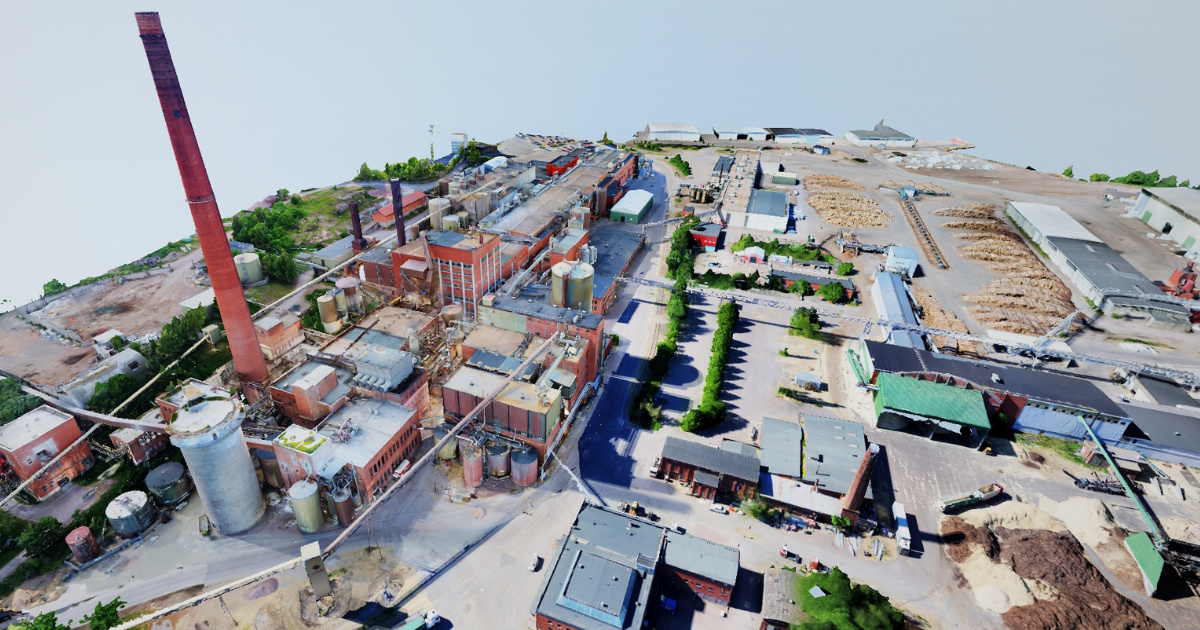
Mesh surface model of the factory area based on measurement data.
From Scanning to Reality Twin Implementation
Initially, SolidComp carried out laser scanning at MM Kotkamills to support typical change and development projects. However, it soon became evident that the large-scale scan and 3D data required a dedicated tool for their practical use. Beyond design functions, reusing high-resolution, visual 3D data throughout everyday factory operations presented an intriguing opportunity. This led to the decision to implement Reality Twin – a visual and realistic factory model that enables a new way to share and manage data, both in projects and daily operations.
The potential of the technology was understood from the outset, but reaching a fully functional software solution required close coordination between SolidComp and MM Kotkamills. “We had to consider how much 3D data Reality Twin can handle, whether it should be point clouds, meshed models, or the most expensive solid models. Meshed data was the best option for MM Kotkamills, even though it is heavier.”
As Reality Twin rapidly evolved, data volume turned from a challenge into an opportunity. Today, all major 3D formats can be used in Reality Twin. With game engine and streaming technology, virtually unlimited amounts of 3D model data can now be integrated into the platform.
Turning Continuous Data Use from Challenge to Competitive Advantage
One major challenge in managing the physical industrial environment is shifting from project-specific data collection to predictive data use. In many projects, as built documentation is created – if at all – only at the end. At MM Kotkamills, as built on otettu osaksi toimintakulttuuria kaikkien projektien suunnittelussa ja toteutuksessa. “Olemme muistuttaneet jo 10 vuotta, että as built should be budgeted into every project. For us, it’s already standard practice,” Risto explains.
Another challenge in projects is making heavy 3D data easy to use. With Reality Twin, all project data is stored in one place, is easy to manage and share and is immediately available for future development efforts. Solid models are also now under development at MM Kotkamills.
Developing document management and implementing metadata have also been essential at MM Kotkamills. These have been integrated into Reality Twin, allowing documentation systems to be accessed directly through defined functions and equipment locations in the 3D model. The system also works in reverse: documents can be opened from the document management system directly in the corresponding position in Reality Twin.
SolidComp has responded to the challenge by proactively producing and processing scan data and offering Reality Twin for practical data management and utilisation.
Reality Twin in Design, Maintenance and Daily Communication
MM Kotkamills uses Reality Twin in design, information sharing, project visualisation and safety communication. Intranet updates now include map-based visual announcements – such as traffic arrangements illustrated through Reality Twin.
Worksites and project targets are also shown virtually to contractors, saving time and reducing the need for site visits. “Having a unified understanding of the situation is essential,” says Risto. “I use Reality Twin especially in Teams meetings. That way, everyone has quick access to up-to-date factory data. No need to show photos – I show it directly in the model.”
Reality Twin as Part of a New Data Management Culture
Using Reality Twin and continuous data management often requires a cultural shift and internal drivers of change. Risto Mikkola is one of the pioneers of digital development. His vision has played a crucial role in making Reality Twin part of everyday operations at MM Kotkamills.
One example of this investment is a university thesis project currently in progress at MM Kotkamills, supported by SolidComp. It explores user experience in Reality Twin with the aim of expanding its use from project management to maintenance and production.
Customer Success at the Core
The partnership between MM Kotkamills and SolidComp is more than just service provision – it is active development collaboration. SolidComp often responds to client needs with tailored solutions while gaining valuable insights into practical development priorities.
Work with SolidComp has been flexible and goal-driven. Risto especially values the speed at which changes and updates are implemented:
“The cooperation has worked very well. It’s been flexible, we’ve developed things together. We haven’t just made assumptions and expected things to work. Updates and changes have been delivered flexibly as needed.”
Success is what matters most to Risto: “When the technology works, we replicate it. It’s working well for us now – and will only get better.”
The Factory of the Future is Built on Data
Digitalisation in industry is no longer a trend, but a necessity. MM Kotkamills and SolidComp have proven that even an old facility can be at the forefront of digital transformation. When data is precisely measured, up to date and accessible to the right people at the right time, managing industrial environments becomes more efficient, more proactive and safer.
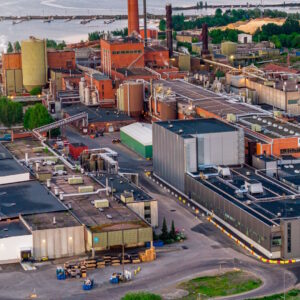
Cases: Reality Twin in Daily Use at MM Kotkamills
A precise and easily accessible window into the factory speeds up work and delivers savings in planning, decision-making and verification measurements.
Smoother Decision-Making in Teams Meetings
Reality Twin is used in remote meetings where the design team jointly reviews the plant’s 3D model. For example, new pipe routes can be planned optimally within the factory site. The model allows different alternatives to be compared and decisions to be made immediately, without the need for a site visit. Scaffolding and service platform constructions have also been planned directly based on the 3D model, saving time and reducing uncertainty.
Verification Without Site Walks
Reality Twin enables verification measurements to be carried out directly from the digital model. Details related to, for example, chemical pipelines or concrete structures can be checked without a physical site visit or hiring an external surveyor. This results in clear cost and time savings in projects.
Supporting Subsurface Design
Reality Twin has also been used when reviewing the location of underground pipelines before constructing foundations for new equipment. With the model, it was possible to assess the optimal placement for new equipment, both in terms of construction and usability.
Safe Crane Planning
Crane positioning has also been planned using the 3D model provided by Reality Twin. When space usage and lifting paths can be evaluated accurately in advance, costly mistakes are avoided and safe operations ensured.

